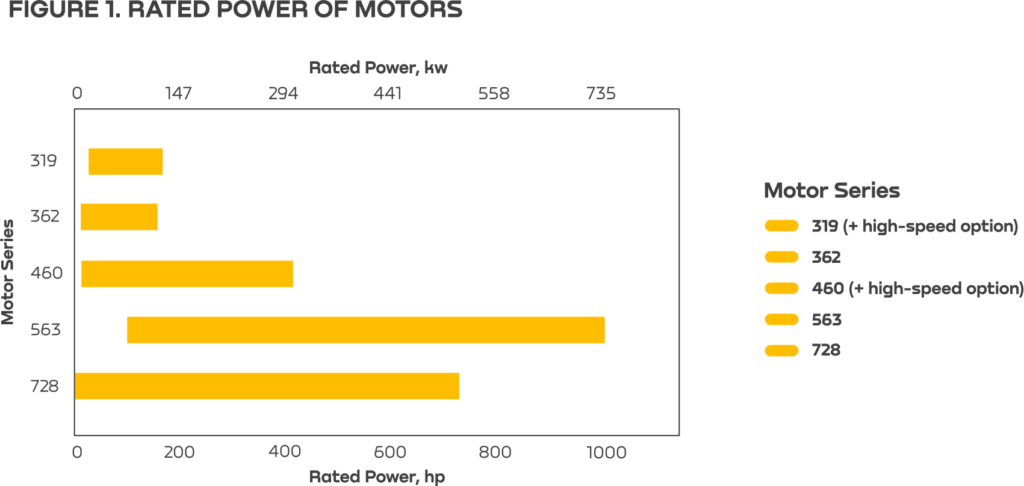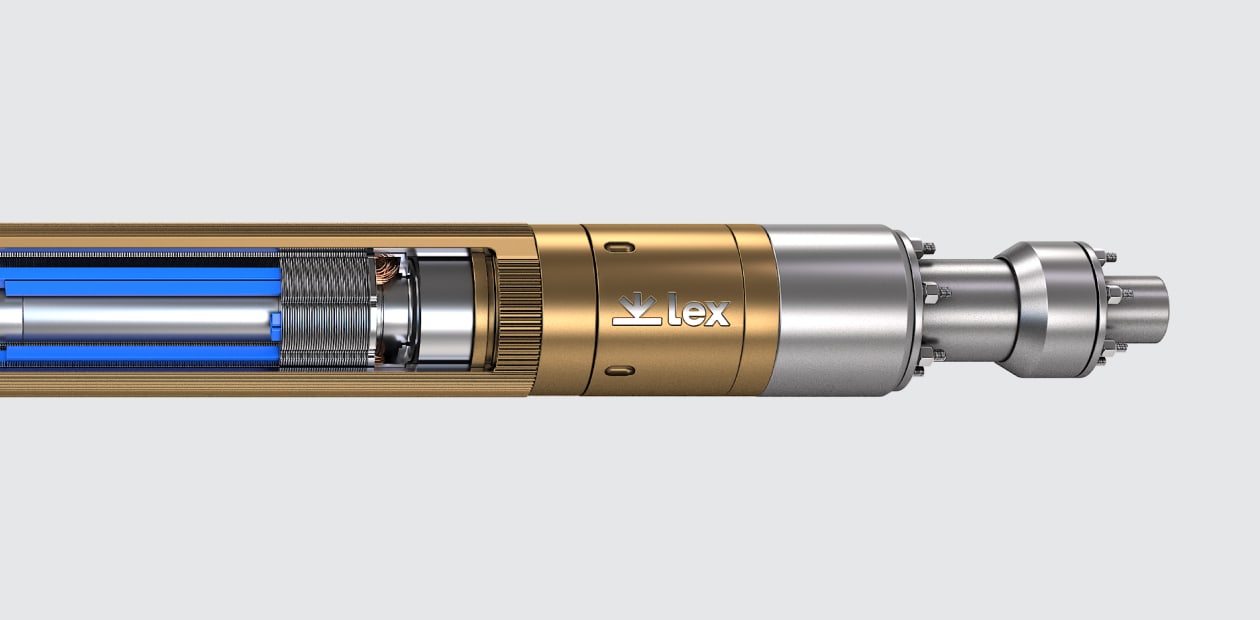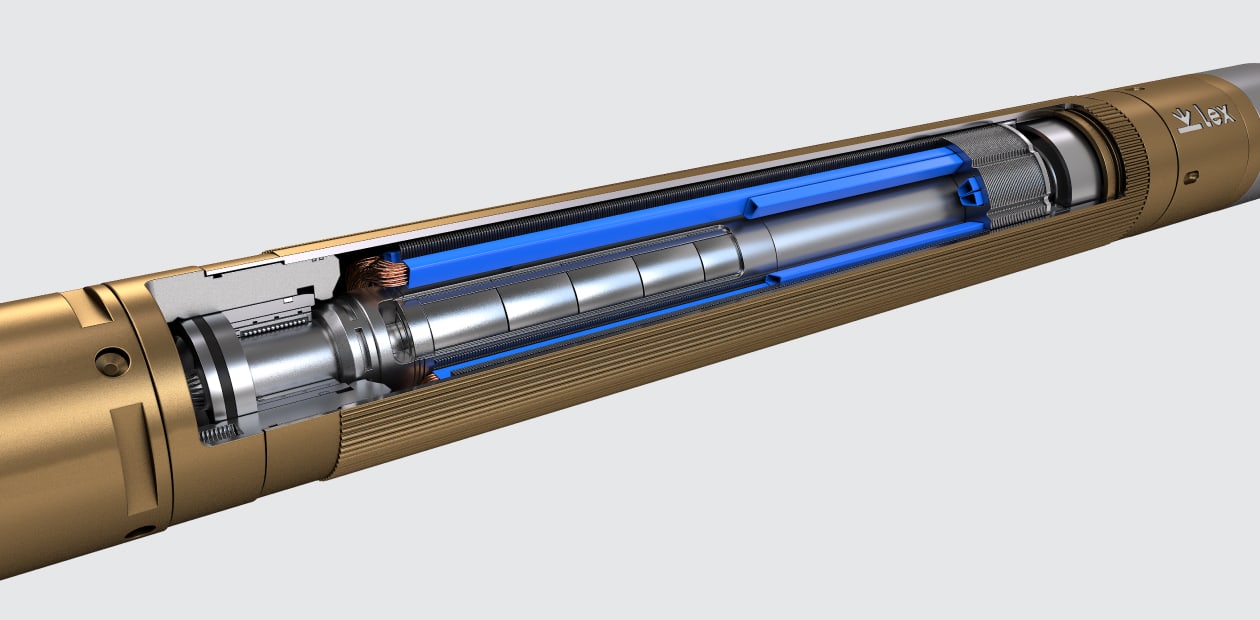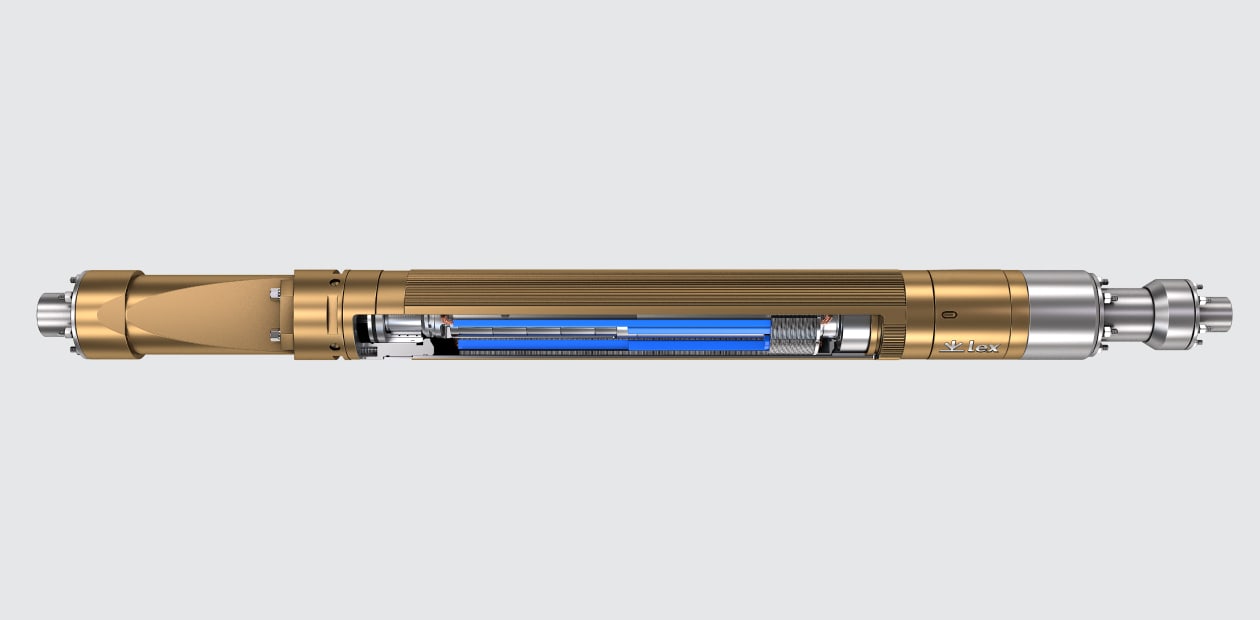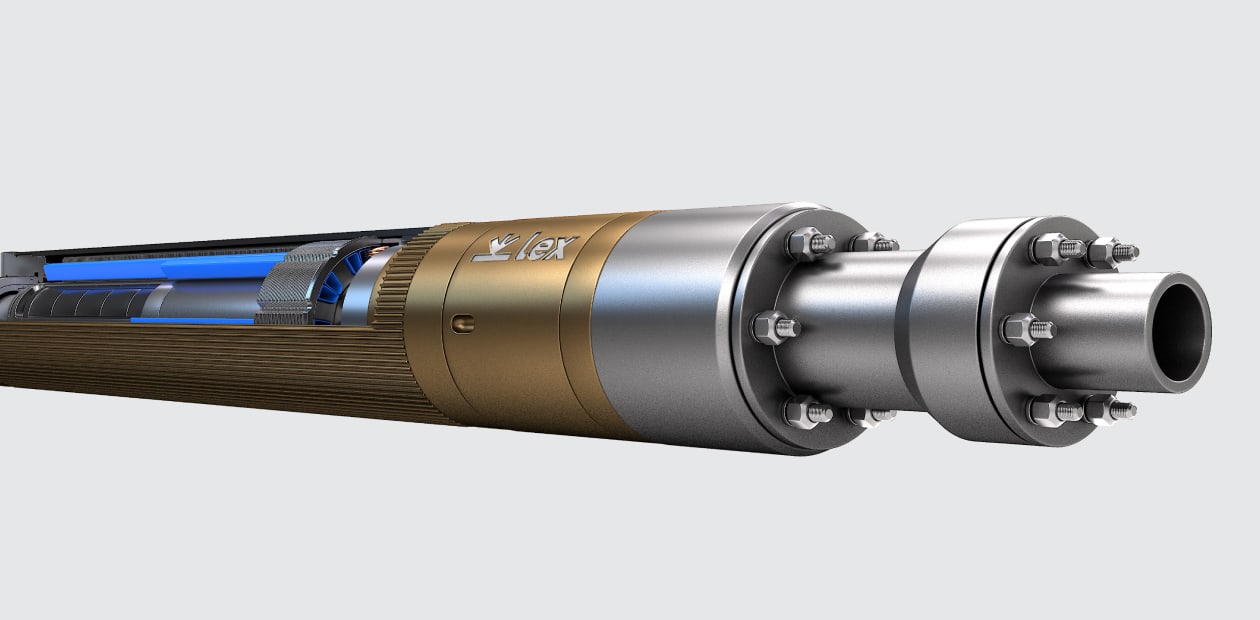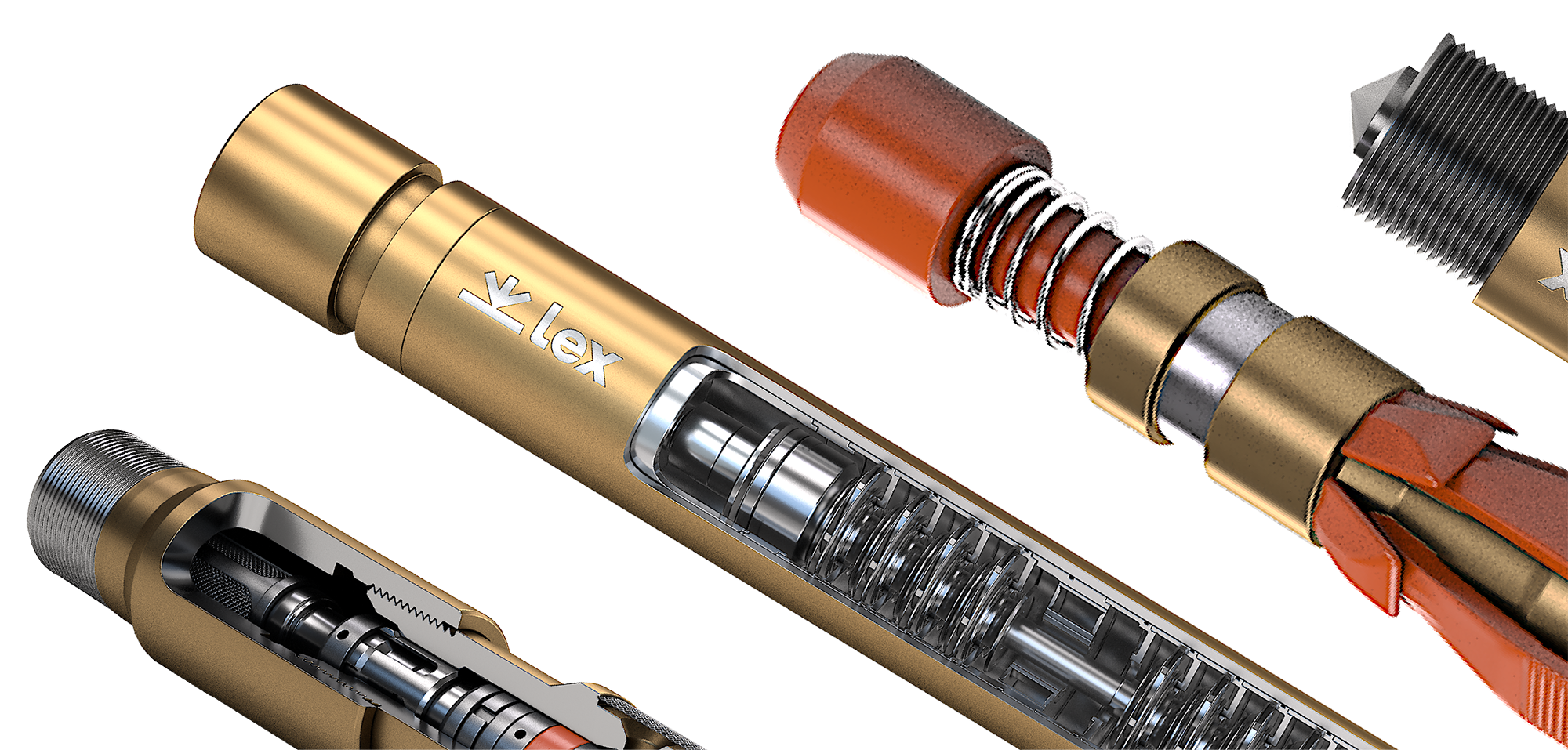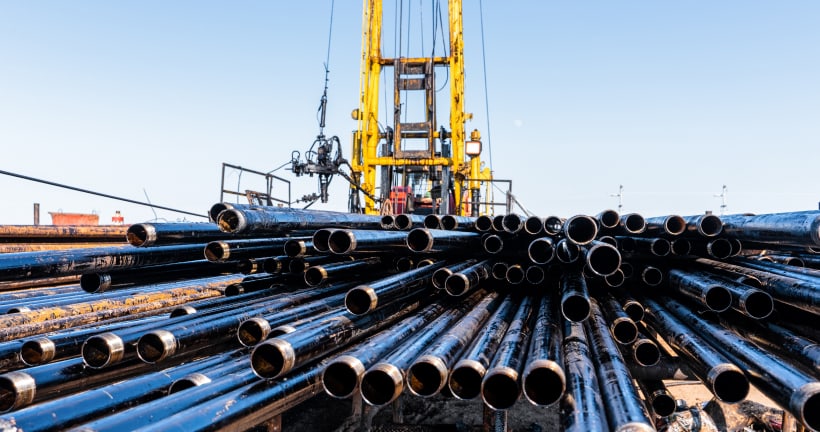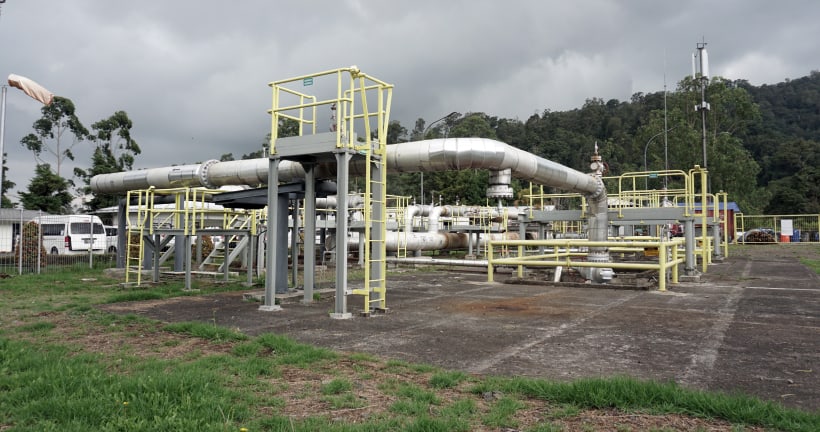Lex Universal Permanent Magnet Motors Advantages
- Decrease cable losses by 25–40%;
- Decrease surface equipment losses by 5–10%;
- Efficiency up to 95%;
- Higher pass-through DLS available due to compact design;
- Stable operation at all range of frequencies;
- Applicable for geothermal wells with up to 392 °F (200 °C).
Overview
PM Motor technology meets the challenges of conserving resources, finding power-saving solutions, operating in depleted fields and optimizing production gain in harsh well conditions. PMM has technical and operational advantages vs. standard asynchronous motors. These include a higher efficiency of 90–95%, lower heat generation and lower energy consumption. The system is also compact and lightweight.
The main difference between permanent magnet motors and asynchronous motors is that the permanent magnets are mounted in the rotor instead of the short-circuited ‘squirrel cage’ to reduce current loss. The Variable Frequency Drive transmits alternate current to the stator coil, and the rotating electromagnetic field attracts the magnet poles to rotate the rotor. The rotor and stator are synchronized to omit slips and magnetic loss. The low starting current reduces the load on the entire electrical system’s power network, extension cable, and insulation materials.
The range of Lex Universal Permanent Magnet Motors includes low-speed submersible motors at 85-1,500 rpm for cavity pumps; standard- and high-speed motors at 2,000-6,000 rpm; motors for Ultra-High-Speed ESP of 1,000-12,000 rpm operating speed; and 86-550 rpm motors for sucker rod pumps.
